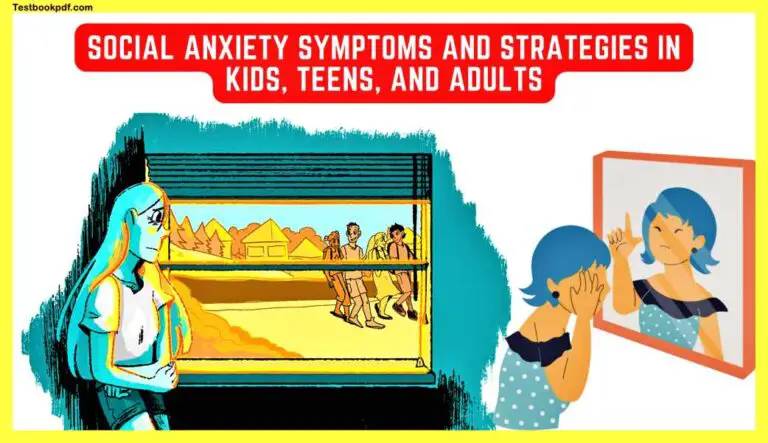Social Anxiety In Kids, Teens, And Adults
Today in this article we are going to talk about Anxiety, Social Anxiety In Kids, Teens, And Adults with three types of CBT techniques that can help you overcome social anxiety.
Note:- CBT Full Form is Cognitive Behavioural therapy.
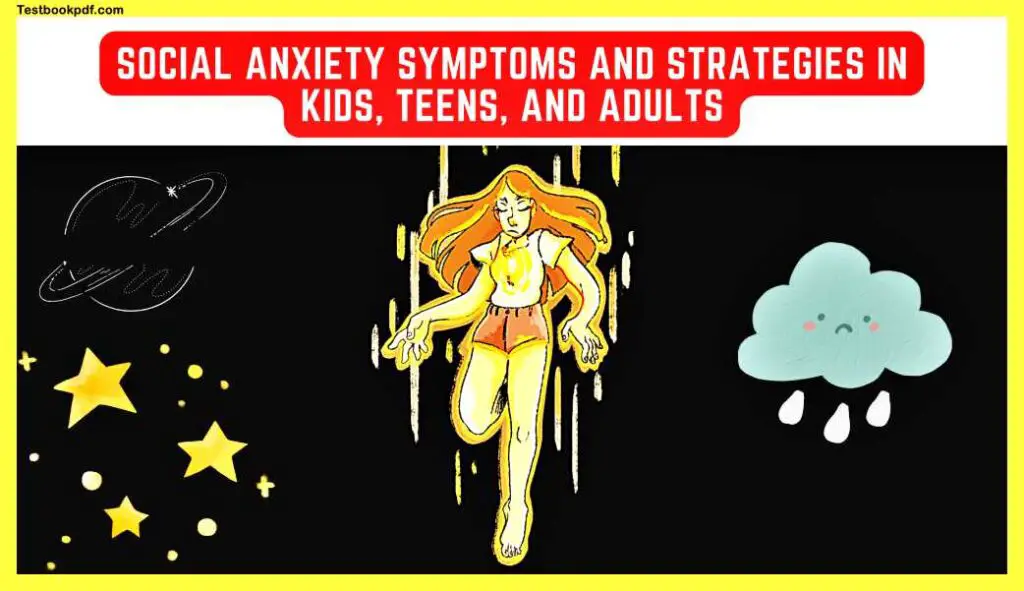
What is Social anxiety?
Social anxiety is a type of anxiety disorder that involves a fear of social situations and interactions with others. People with social anxiety often feel anxious, self-conscious, and worried about being judged or rejected by others. They may feel overwhelmed and anxious in social situations and may avoid them altogether or struggle to participate in them.
Symptoms of social anxiety
Symptoms of social anxiety may include feeling anxious or panicked in social situations, feeling self-conscious or worried about being judged or rejected by others, avoiding social situations or activities, difficulty making small talk or engaging in conversations with others, and physical symptoms such as blushing, sweating, or racing heart, Social anxiety can be a debilitating condition that can interfere with a person’s ability to form and maintain relationships, participate in work or social events, or even complete everyday tasks. It is important to seek support from a mental health professional if you or someone you know is struggling with social anxiety. With the right treatment, it is possible to manage social anxiety and improve social skills.

3 Ways to Beat Social Anxiety
Social anxiety, that worry or nervousness is focused primarily on social interactions, and in order to specifically target social anxiety, we have to understand anxiety as a whole, and anxiety is created and sustained by three different components.
- The Physiological Component
- Cognitive
- Behavioral
Physiological part
physiological part is how anxiety feels in our bodies. Could be a racing heart, sweaty palms, flushed face, or even feeling faint, and this is one of the most important components of anxiety because it’s the first one people notice. If you suffer from panic attacks, those symptoms would fall under this portion. The second is the cognitive part.
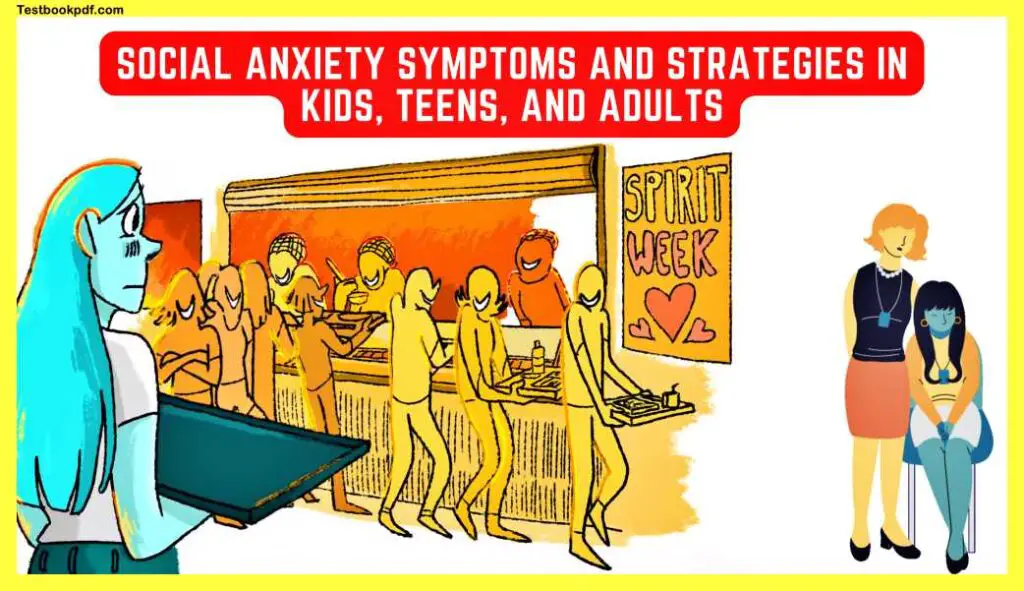
Cognitive part
Now, cognitive is, honestly, it’s just a fancy way of saying thoughts or thought processes. Any anxious thoughts that we have would fall into this category. Many of my patients report thinking, “I’m gonna make a fool of myself,” or, “Ugh, they’ll just think that I’m so boring.” So, any prediction that comes out of our anxiety would be considered part of the cognitive portion.
Behavioral part
For something to be part of this component, it needs to be something that someone else could notice us doing or not doing. Could be not making eye contact, looking away, stuttering, or even walking quickly by. This could also be something we aren’t doing because we’re avoiding it completely, but someone would still notice that we didn’t go to lunch with the team like everyone else, therefore avoiding something because of our anxiety would still fall under this category. Now, most people with social anxiety don’t just experience one of these components. In fact, these three parts usually work together to intensify our anxiety episodes.

For example, let’s just say that your boss comes over to your desk and says that they would like to see you after lunch. You could automatically think that you must have done something wrong or that you’re, you know, in really big trouble for something. Then, you begin to feel your muscles tighten, your heart starts to race, and you begin to sweat. Then, you may dread going in to see them in their office, trying to put it off as long as you can, or even struggle to make eye contact once you get in there.
So, you can see, just based on that simple example, how all three components almost happen automatically when we struggle with anxiety. Therefore, in order to overcome our social anxiety, we’re gonna have to fight back against all three of them.
Systemic Graduated Exposure
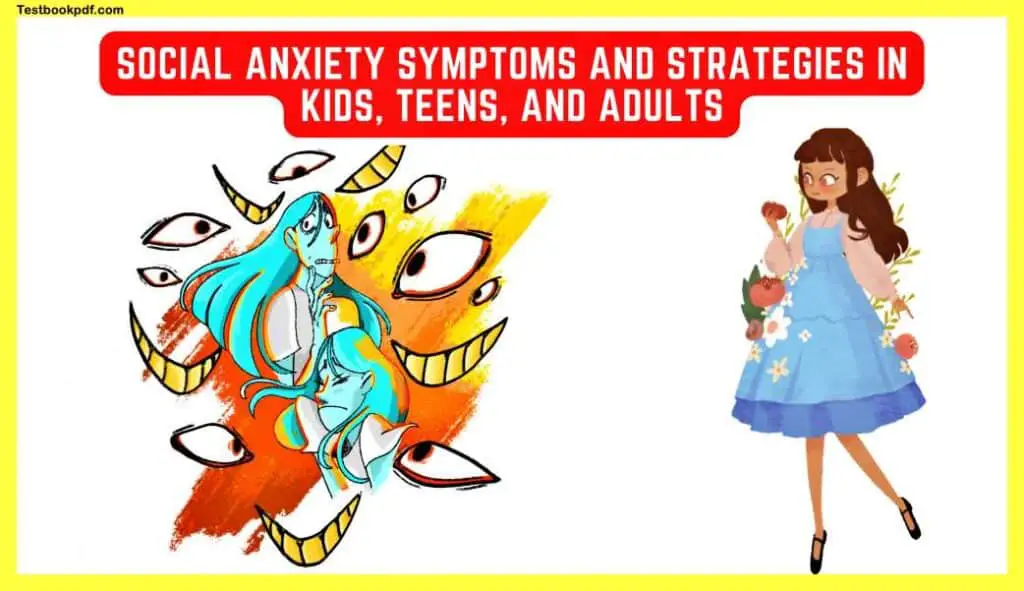
Step 1
The first step to fighting back is doing systemic graduated exposure, which is honestly just another fancy way of saying that we’re going to have to slowly expose ourselves to the scary or anxiety-provoking thing until it’s no longer so scary or anxiety-provoking.
Now, I’ve talked about exposure therapy in the past and this is very similar. However, it is specific to social anxiety and its treatment, and it’s important that this type of exposure therapy be done with a mental health professional so that we can role-play different scenarios in session and get feedback on how it went. It also allows us to play out any situations or circumstances that we’re afraid will happen when we try to do this outside of therapy.
This type of treatment works so well because it allows us to practice exactly what it is that we need or want to do, and we get to say what it is that we need to say and imagine what someone else would say back, and then we get feedback immediately after about how it went. It also works because it gives you the time you need to see that any of the bodily responses you’re having to the anxiety, like shaky knees, and a racing heart, all of that will go away after a while.
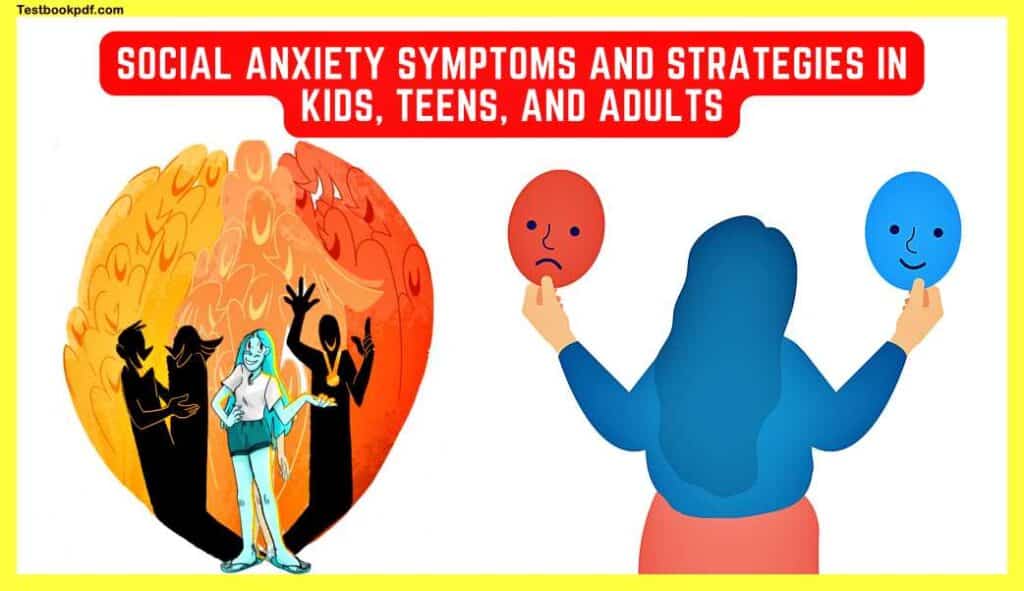
As long as we’re to stay in the anxiety-provoking situation, ’cause let’s be honest, we usually don’t, right? Instead, we assume that we’ll have felt terrible and anxious forever if we didn’t run away or found a way to leave immediately. But, staying in it, we can realize that our feelings of anxiety only last for a little bit, and the more we practice it and expose ourselves to those anxious experiences, the better it gets.
Also, by role-playing an anxiety-provoking situation in therapy, we can test out any of our dysfunctional beliefs, meaning that if we worry that when we stand up and give a presentation at work, we’re gonna sneeze and spit all over our boss and have to walk out in shame. We can practice giving our presentation, pretending that our therapist is our boss, and see just how unlikely that scenario really is.
It’s sort of another way of testing our anxious beliefs to show us just how faulty they are.

Step 2
Cognitive restructuring is just another fancy saying, but it really means that we are going to safely question any beliefs, assumptions, or expectations that we have. Just like I mentioned before, we may believe that when we give our presentation, we’re gonna sneeze on our boss and we have to walk out in shame. This portion of treatment helps us acknowledge that expectation and learn to healthfully question it. Just like I said before, if we’re role-playing, we can see just how unlikely it is that that’s actually gonna happen, and part of that is kinda the cognitive restructuring.
Now, how this would work in therapy is that you and your therapist will begin noticing any beliefs, assumptions, or expectations that you have that may be false or only make your anxiety worse. You know, bringing these up in session and working together to question them to see if they really make sense or are actually helpful in your life. Now, I know this can sound intense and really terrifying, but know that all of this is done slowly and with care. As you role-play different anxiety-producing social situations, you can assess all of this. You can even start today, honestly, by simply noticing what it is you’re worried will happen if you do the thing you feel anxious about.
By taking the time to question those beliefs or the thoughts that come up, we’re not only changing and challenging the cognitive component of anxiety, but we’re also decreasing the avoidance or behavioral component, so it’s kinda like a two-in-one.
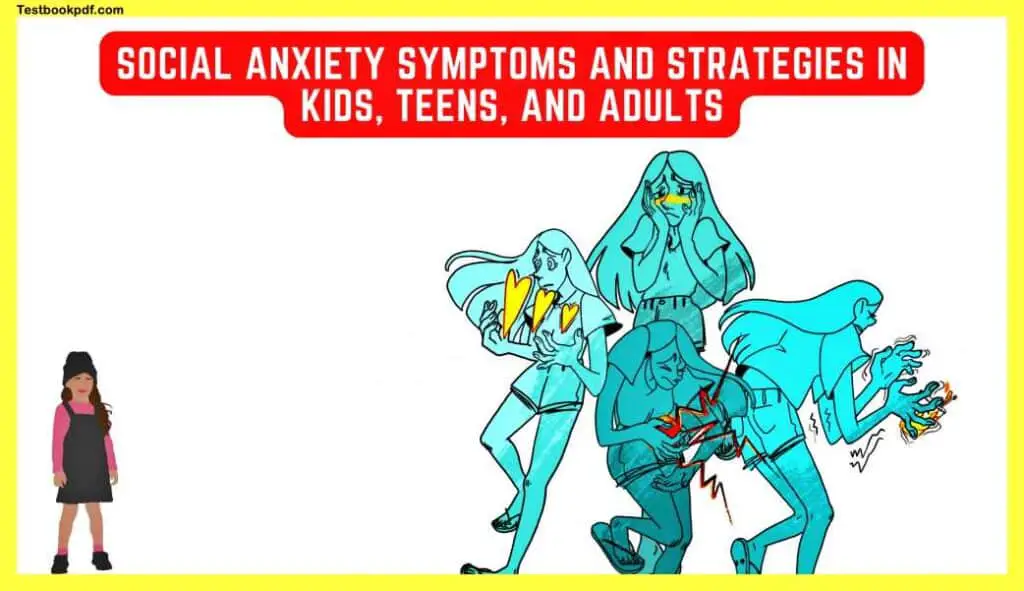
Step 3
The third and final tip is to practice in real life. Every social anxiety treatment is going to involve some homework outside of therapy because just practicing things in therapy isn’t going to make doing it in real life any easier. We have to push ourselves to try new things out and report back on how it went. This homework could also include just keeping track of our anxious or dysfunctional thoughts, maybe reading certain books or working in a workbook, but it will need to be done outside of your therapy sessions, and it’s really important to remember to be honest with your therapist during this part of your work together because we need to let them know what we’ll be able to do or not do. It doesn’t help us to just say, “Yes, I’m gonna do all this homework, this is fine,” if we really aren’t gonna be able to follow through. So, if you feel that they’re going too fast or pushing you too hard, let them know, speak up, and just by doing that, you’re already practicing being assertive and speaking up for yourself, which are both things, to be honest, that my patients with social anxiety struggle with a lot.
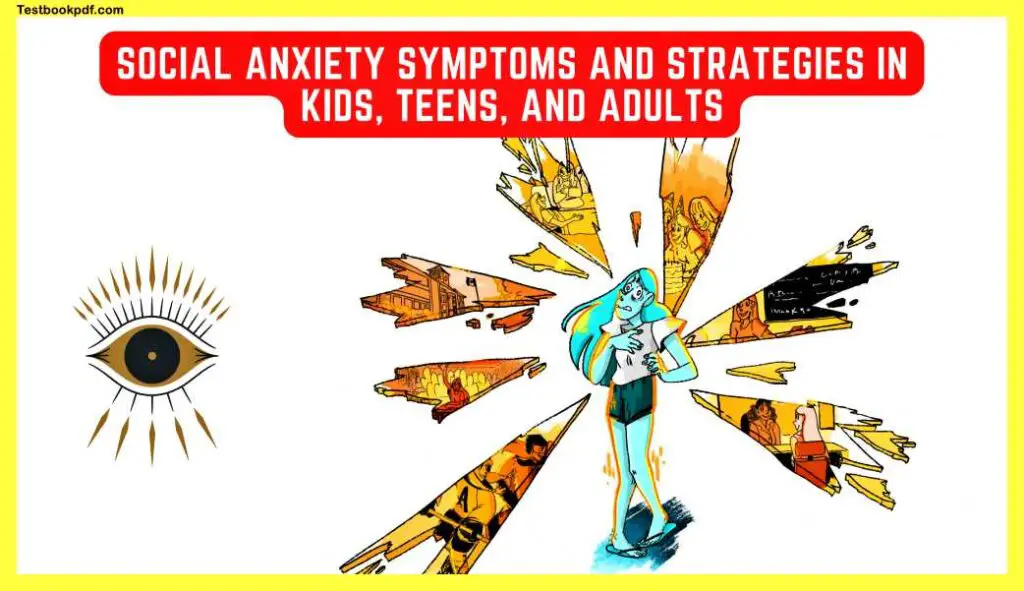
Social anxiety Symptoms and Strategies in Kids, Teens, and Adults
Awkward social situations are a hallmark of growing up but as uncomfortable as they may be most kids find some way to navigate them that’s not always the case for young people struggling with social anxiety disorder.
- In many cases kids with social anxiety disorder have difficulties with basic social interactions such as smiling or eye contact, they sometimes mumble whisper, or just stop speaking entirely on top of that the anxiety they feel can also give them a rapid heartbeat and an upset stomach or make them tremble shake or blush.
- Children and chains with social anxiety disorder experience uncontrollable and excessive fear usually around interpersonal interactions such as parties sleepovers athletic competitions or even school in general or performance scenarios such as presentation interviews or participation in class.
- Whether they’re based on interaction performance or both these fears typically center around public embarrassment or judgment from their peers.
- Sometimes these kids may even act like social butterflies no one suspects that the kid who planned the party may be terrified about it inside.

- Older teams dealing with social anxiety disorder have an increased risk of substance abuse using things like alcohol to numb their fears while others may drop out of social events altogether.
- Without proper management, these symptoms may become chronic and cause young people to miss out on important steps in their development.
- In a sense, kids don’t throw out a social anxiety disorder they grow into it.
- Managing social anxiety disorder begins with learning how to relax controlled breathing and muscle relaxation are a great way to start.
- Kids should also be gradually exposed to the social situations they find stressful they can work toward mastering harder and harder situations and eventually reduce their social anxiety.
- Kids can also build on these strategies with guided imagery visualizing themselves being successful in social situations or by role-playing with an adult who can help them practice for tough times.
- Social anxiety is a common and often debilitating mental health condition that can affect people of all ages, including Kids, teens, and adults. It is characterized by a fear of social situations and interactions with others and can make it difficult for people to interact with others, attend social events, or even speak in public.
Here are some key points to consider about social anxiety in Kids, teens, and adults:
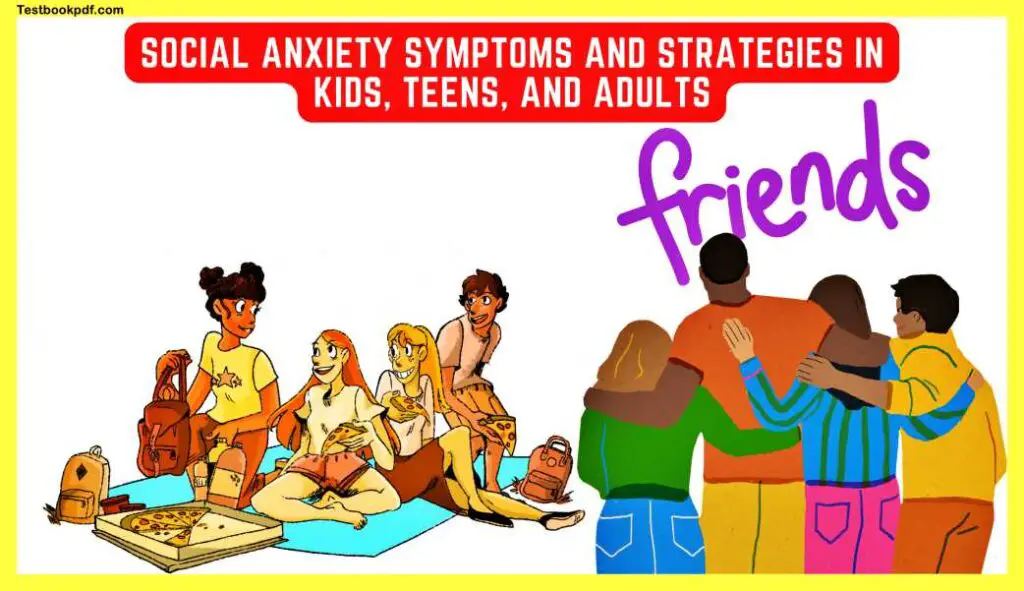
- Symptoms of social anxiety may include feeling anxious or panicked in social situations, feeling self-conscious or worried about being judged or rejected by others, avoiding social situations or activities, difficulty making small talk or engaging in conversations with others, and physical symptoms such as blushing, sweating, or racing heart.
- There are many factors that can contribute to the development of social anxiety, including genetics, past experiences, and cultural expectations.
- It is important to seek support from a mental health professional if you or someone you know is struggling with social anxiety.
- There are many strategies and techniques that can help people of all ages manage their social anxiety and improve their social skills, including seeking support from a mental health professional, practicing relaxation techniques, gradually exposing oneself to social situations, using positive self-talk, focusing on the present moment, and learning to communicate effectively.
- It is also important to seek out social support and build a strong network of friends, family, or support groups who can offer encouragement and understanding.
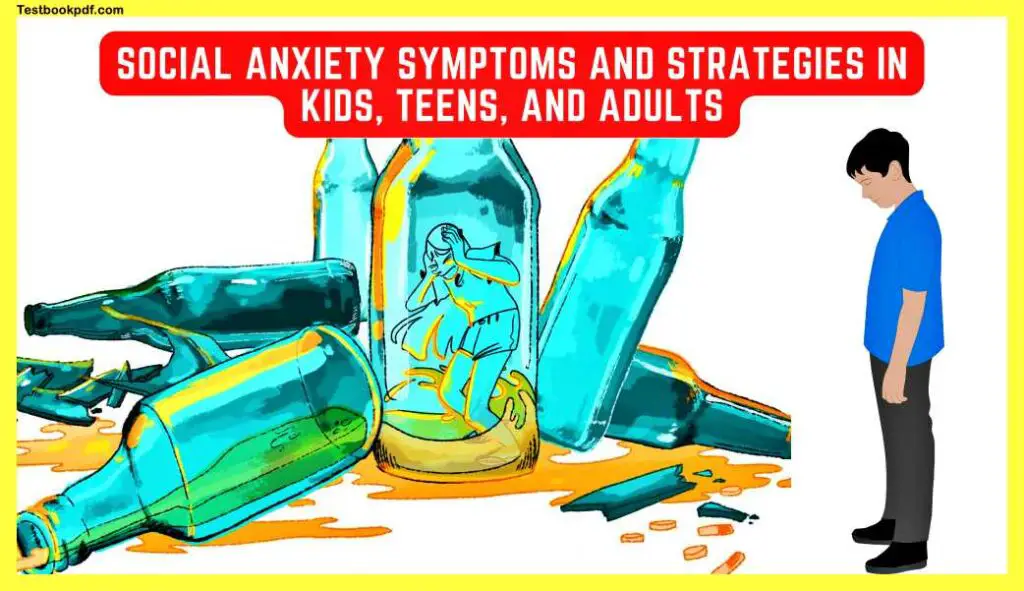
- Use positive self-talk. People with social anxiety often have negative thoughts about themselves and their ability to interact with others. Try to challenge these negative thoughts and replace them with more positive and realistic ones.
- Focus on the present moment. When you’re feeling anxious, it’s easy to get caught up in worrying about the future or dwelling on the past. Try to focus on the present moment and what you’re doing right now.
- Learn to communicate effectively. Good communication skills are key to building and maintaining healthy relationships. Practice listening actively, using “I” statements, and expressing your thoughts and feelings in a clear and respectful way.
- Seek out social support. Having a strong social support system can be an important source of comfort and encouragement when you’re feeling anxious. Seek out friends, family, or support groups who can offer you support and understanding.
- Gradually expose yourself to social situations. One of the most effective ways to overcome social anxiety is to gradually expose yourself to the things that make you anxious. This can be scary, but it’s important to take small steps and gradually build up your confidence.
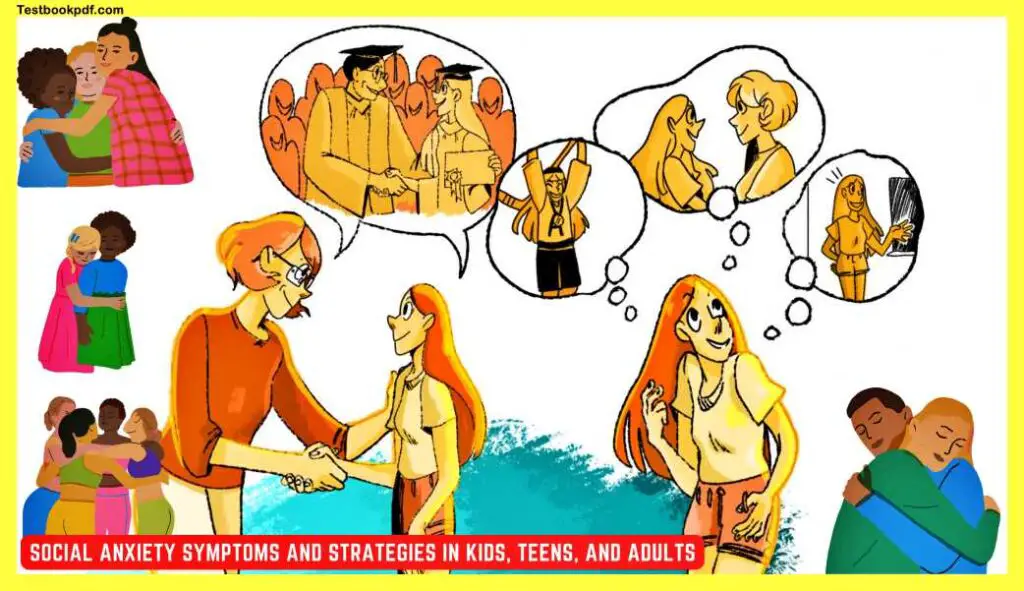
With patience and practice, it is possible for people of all ages to overcome social anxiety and lead fulfilling and meaningful lives. If you or someone you know is struggling with social anxiety, it is important to seek support and treatment as soon as possible.
